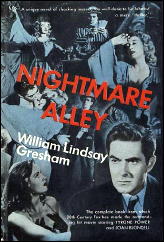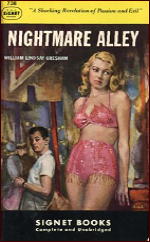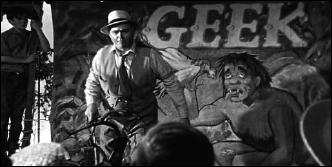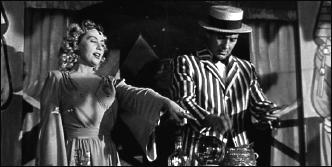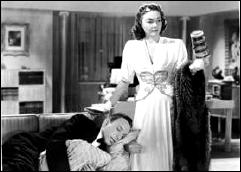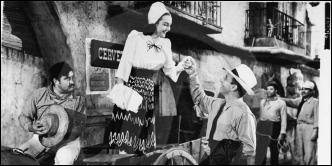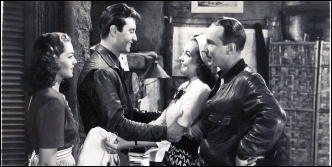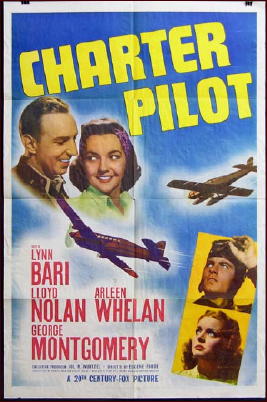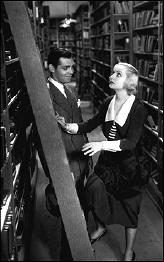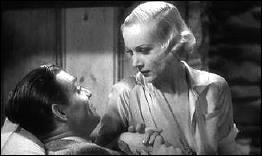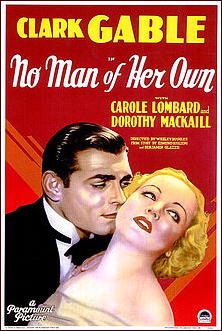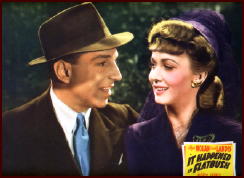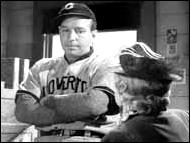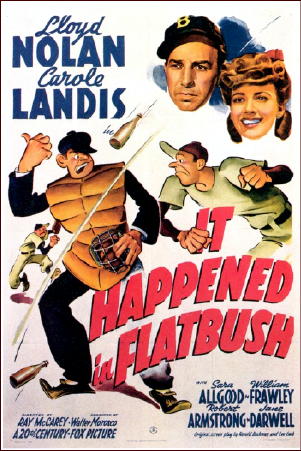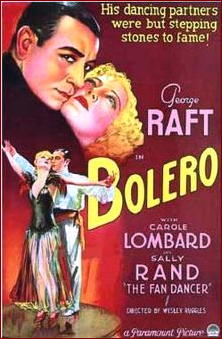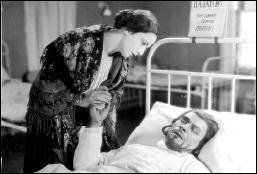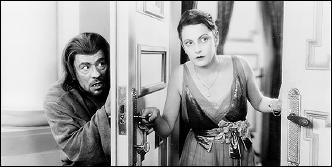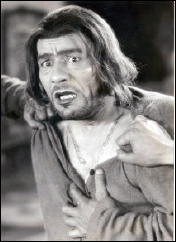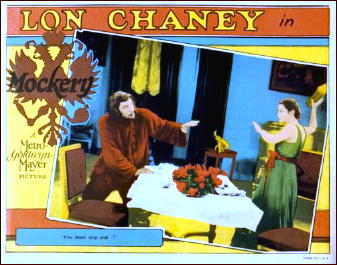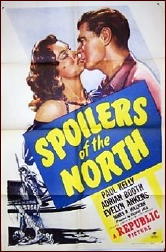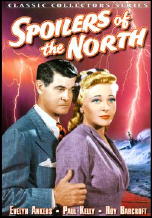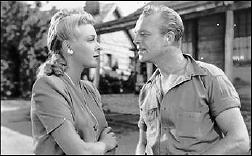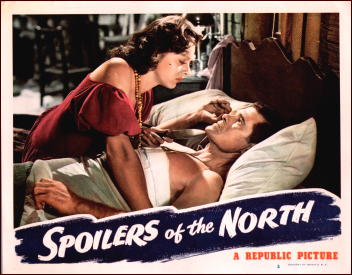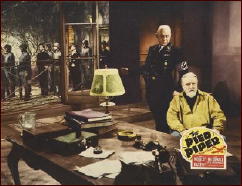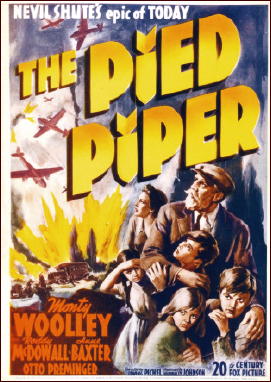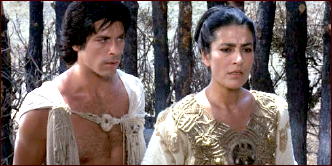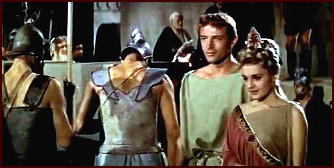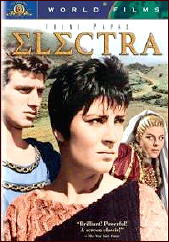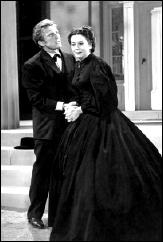Tue 11 Dec 2012
A Movie Review by Dan Stumpf: HI-LIFE (1998).
Posted by Steve under Films: Drama/Romance , Reviews[2] Comments
HI-LIFE. 1998. Campbell Scott, Moira Kelly, Michelle Durning, Eric Stoltz, Peter Rieger, Charles Durning, Katrin Cartlidge, Daryl Hannah. Screenwriter/director: Roger Hedden.
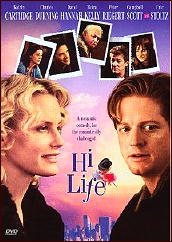
As we approach the Holidays, I want to recommend a Christmas Movie unlike any other: Hi-Life may not seem overtly Capra-esque, but it offers the kind of sardonic/goofy/cynical romanticism that Frank Capra put out for depression-era audiences of the 1930s — minus the tendency toward Capra-corn that marred his best-known films.
Campbell Scott stars as a bartender whose sister (a precise, knowing and humorous performance from Moira Kelley) asks him to raise money — quickly — so she can have an abortion. But—
She’s not really pregnant; her boyfriend (Eric Stoltz) needs the money to pay a gambling debt to his bookie (Charles Durning) But—
She doesn’t know this because Eric told her he needs the money so his sister (Daryl Hannah) can get an abortion. But—
It seems Hannah is an ex-girlfriend who dumped Scott several months ago.
All unaware, Scott wanders Manhattan in one long night a week before Christmas, scouting out old friends who owe him money. He’s followed by Katrin Cartlidge (a fine actress now sadly deceased) as a cute alcoholic who knows his friends will stiff him, but she figures they’ll feel guilty and buy him drinks and if she’s with him she’ll get some.
Meanwhile, Peter Riegert, one of Durning’s (remember him?) hangers-on, has been ordered to stick with Eric Stoltz till he comes back with the money. But—
Seeing a chance for easy profit, Riegert has arranged for the teen-age son of his live-in girlfriend to “mug†them once they get the cash.
Also in the mix are two sub-normal paramedics posing as actors, and the scene where they try to sell the plot of Schindler’s List 2 to Moira Kelley recalls the best of 30s screwball comedy. As does a street fight with an errant boyfriend hiding out disguised as Santa. And the climax, which sees a desperate Eric Stoltz facing his sister and his girlfriend at the same time and trying to convince each that the other one is pregnant. Followed by a sweet ending which sees love and the Christmas Spirit conquer all. With excellent ensemble acting, sharp script and fast direction, Hi-Life may be just the thing to ease those Holiday blues.
